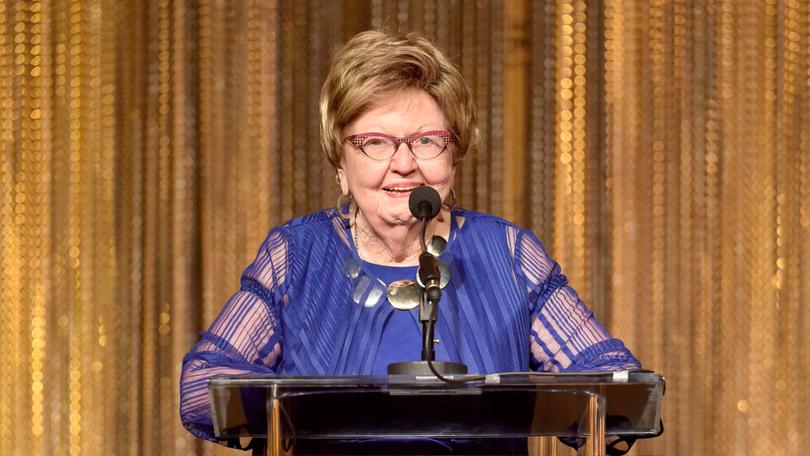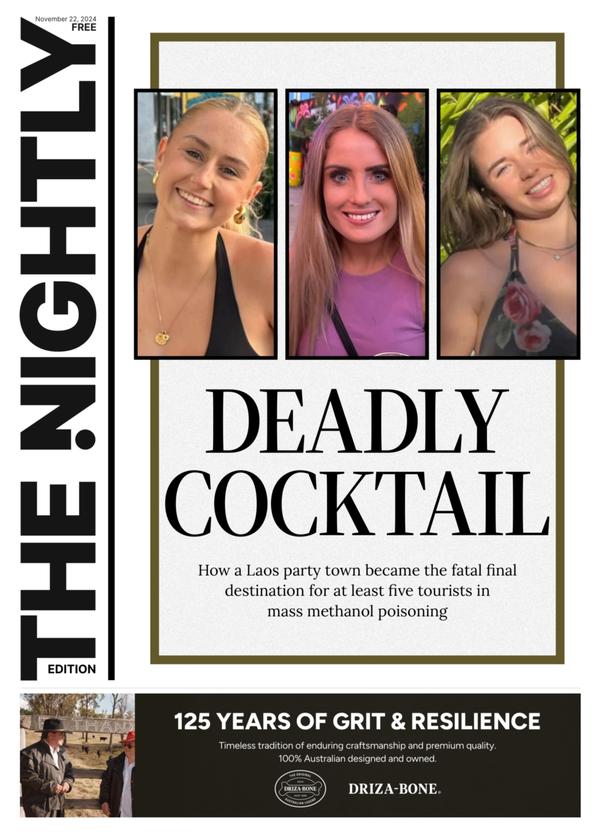CNBC: This 92-year-old just became one of America’s richest self-made women—she’s worth $700 million

Joan Payden is one of America’s richest self-made women. At age 92, she’s also one of the oldest.
Payden is the CEO of Payden & Rygel, a Los Angeles-based money management firm she founded in 1983 after quitting her job and emptying her 401(k), according to Forbes. Today, the firm manages more than $161 billion in assets and nearly 240 employees across multiple offices, according to its website.
Payden’s assets have grown with the firm: As majority owner, she boasts an estimated net worth of roughly $700 million and is a “newcomer” on Forbes’ recently published 2024 list of America’s Richest Self-Made Women.
Sign up to The Nightly's newsletters.
Get the first look at the digital newspaper, curated daily stories and breaking headlines delivered to your inbox.
By continuing you agree to our Terms and Privacy Policy.Payden’s path to success spanned multiple decades. After majoring in math and physics at Trinity College in Washington, D.C., Payden became one of just a handful of women engineers at a New Jersey-based company building oil refineries in the 1950s, only to fall victim to a mass layoff after three years, according to Forbes.
Disappointed, she regrouped — looking to the financial sector to put her math background to use and landing a junior associate role at Merrill Lynch. “I was hired at a 25% discount because I didn’t know the difference between a bond and stock,” Payden told the Los Angeles Times in 1999.
Within a couple of years, she moved to Los Angeles to join Scudder, Stevens & Clark, a prestigious money management firm. After multiple attempts at a promotion, she became the firm’s first-ever female partner. She failed at least one of those attempts because she “didn’t play golf” at an annual meeting on a men-only course, Payden told students at Notre Dame in 2011.
“They held their annual meetings at a very large, prestigious golf course and they, of course, wouldn’t let women in,” said Payden. “So, I sat on the porch.”
Perhaps due to experiences like that, Payden said she never wanted her gender to define her career: “I am either a good financial advisor or not. I am not ‘a good woman financial advisor,’” she told Trinity’s alumni magazine in 2013.
By 1983, she was wary of becoming stuck “in the same place” for another decade and decided to strike out on her own, she told the Notre Dame students. She recruited her colleague Sandra Rygel to join her, cashed out her 401(k) for an undisclosed amount of seed money and formed Payden & Rygel.
At the time, Payden wasn’t entirely convinced the move would pay off. “There are always worries. When I set up the company, I worried I wouldn’t get clients,” she told The Los Angeles Times. “But that was no problem.”
Since then, she’s built her firm into one of the largest private money management firms in the U.S. Her former employer Scudder, Stevens & Clark was acquired by Swiss insurer the Zurich Insurance Group for nearly $1.7 billion in 1997
Payden’s advice to would-be entrepreneurs who are unsure about taking a big leap: “When you jump in the lake, you can’t think about drowning,” she told Trinity’s alumni magazine, adding that she had no regrets. “At the time, and certainly it is clear now, the risk of ‘not doing’ outweighed the risk of ‘doing.’”
Originally published on CNBC
